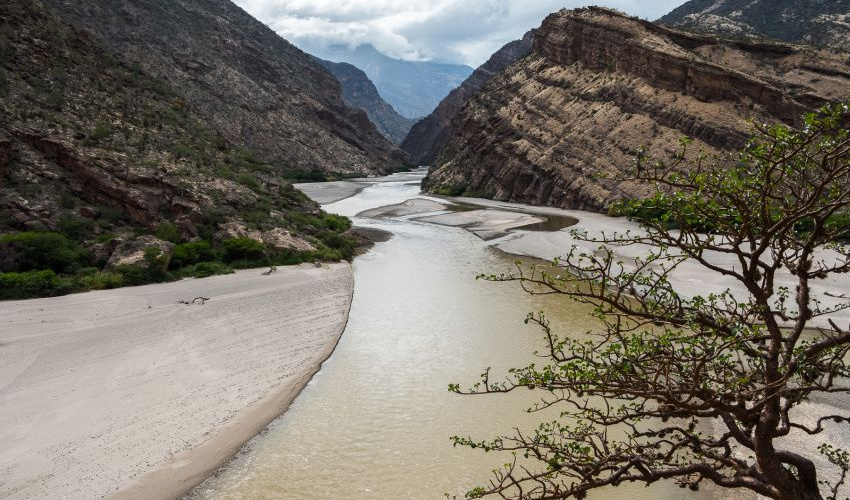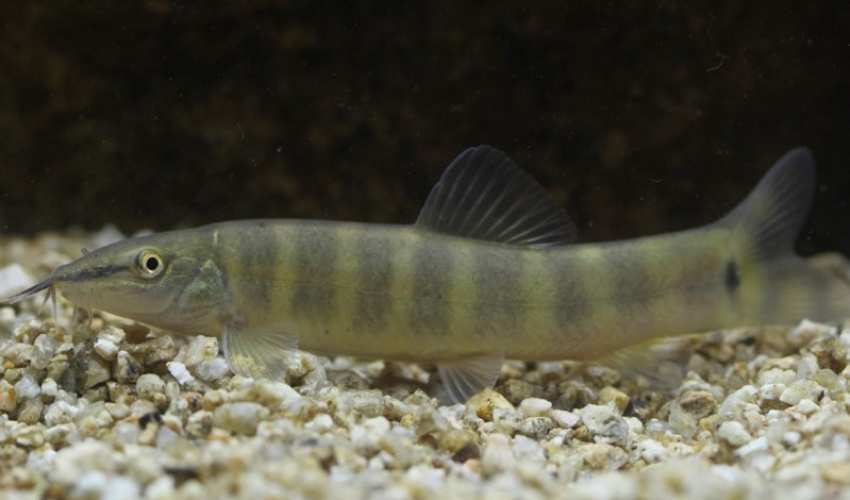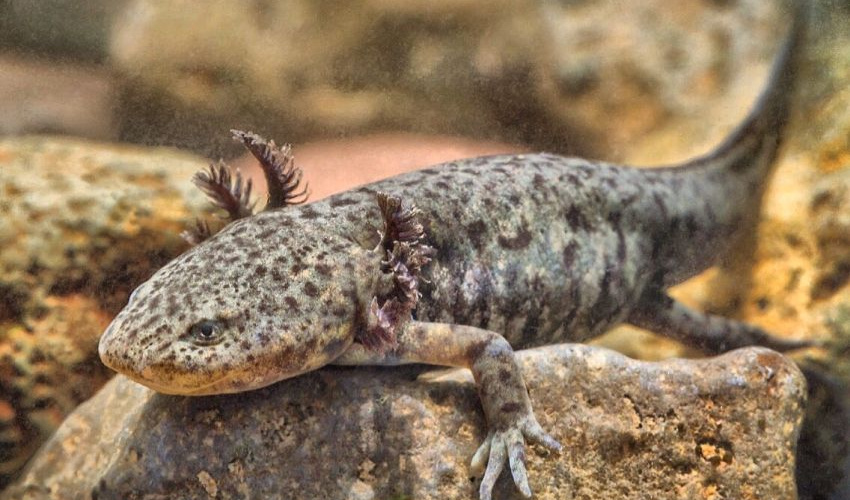Topiltzin Contreras MacBeath
Topis is a Professor at the Biological Research Center of the Autonomous University of the State Morelos, in central Mexico, where he is head of the Conservation Biology work group. He is also the founder and co-chair of the IUCN SSC Freshwater Conservation Committee.












